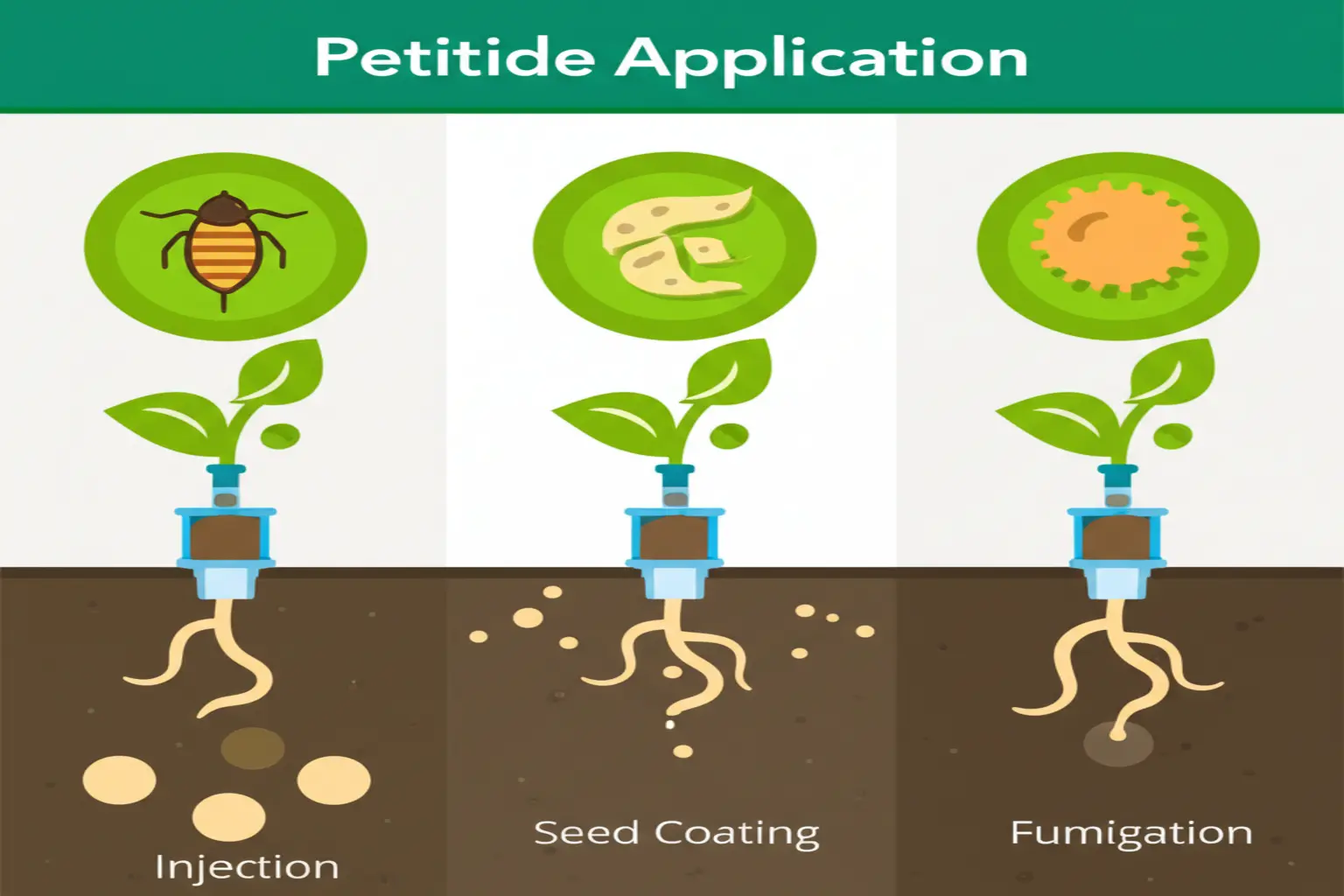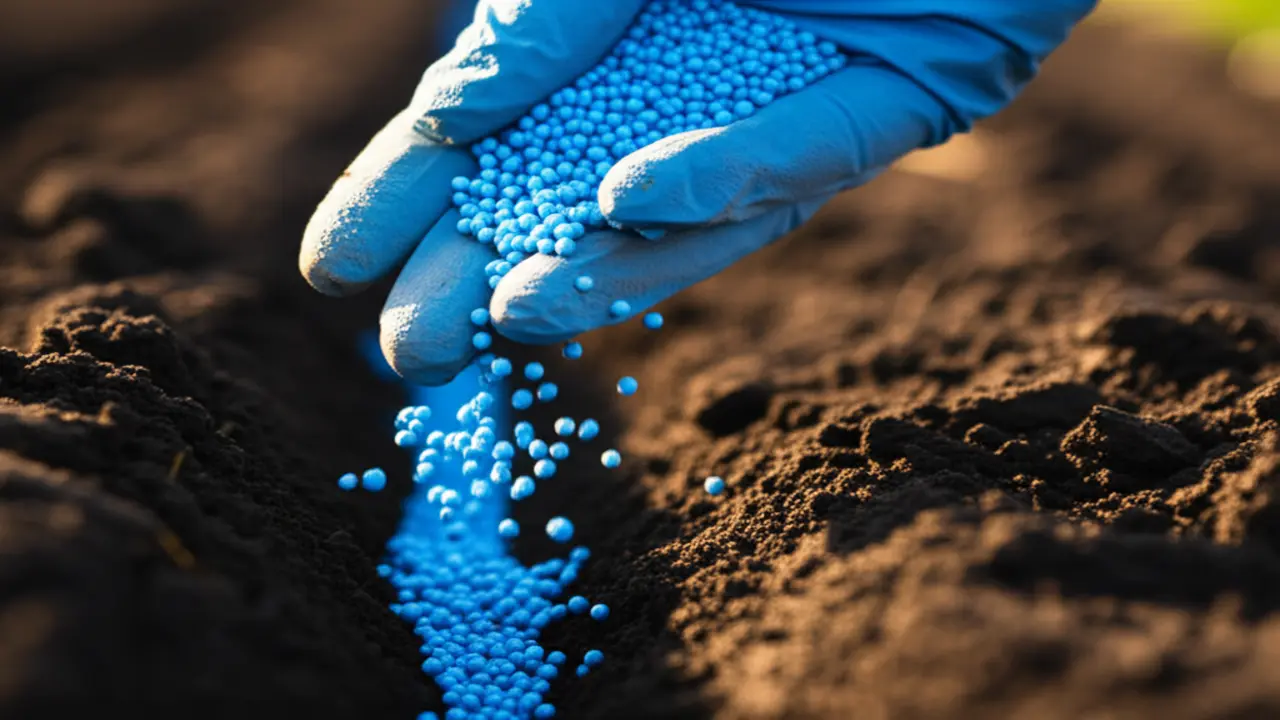 Thank you for reading this post, don't forget to subscribe!
Thank you for reading this post, don't forget to subscribe!
1. Defining Soil Treatment Pesticides
2. Classification of Soil Treatment Pesticides
* Chemical Soil Pesticides: This category consists of synthetically produced compounds known for their high efficacy. It includes soil fumigants which create a toxic gas to sterilize the soil of pests, systemic insecticides that plants absorb through their roots to provide internal protection, and soil-active herbicides which form a chemical barrier to prevent weed growth. Their action is direct and typically fast. Proper application often requires working the product into the top layer of soil, a task made easier with one of the best hand cultivators.
* Biological Soil Pesticides (Biopesticides): These are derived from natural sources, offering a more targeted and ecologically sensitive alternative. This group features microbial pesticides, such as those using the bacterium *Bacillus thuringiensis*, which is lethal to specific insect larvae. It also includes botanical extracts like neem oil and cutting-edge RNAi (RNA interference) technologies that selectively silence essential genes in pests, offering a highly specific mode of action.
3. Application Methods for Soil Treatment Pesticides
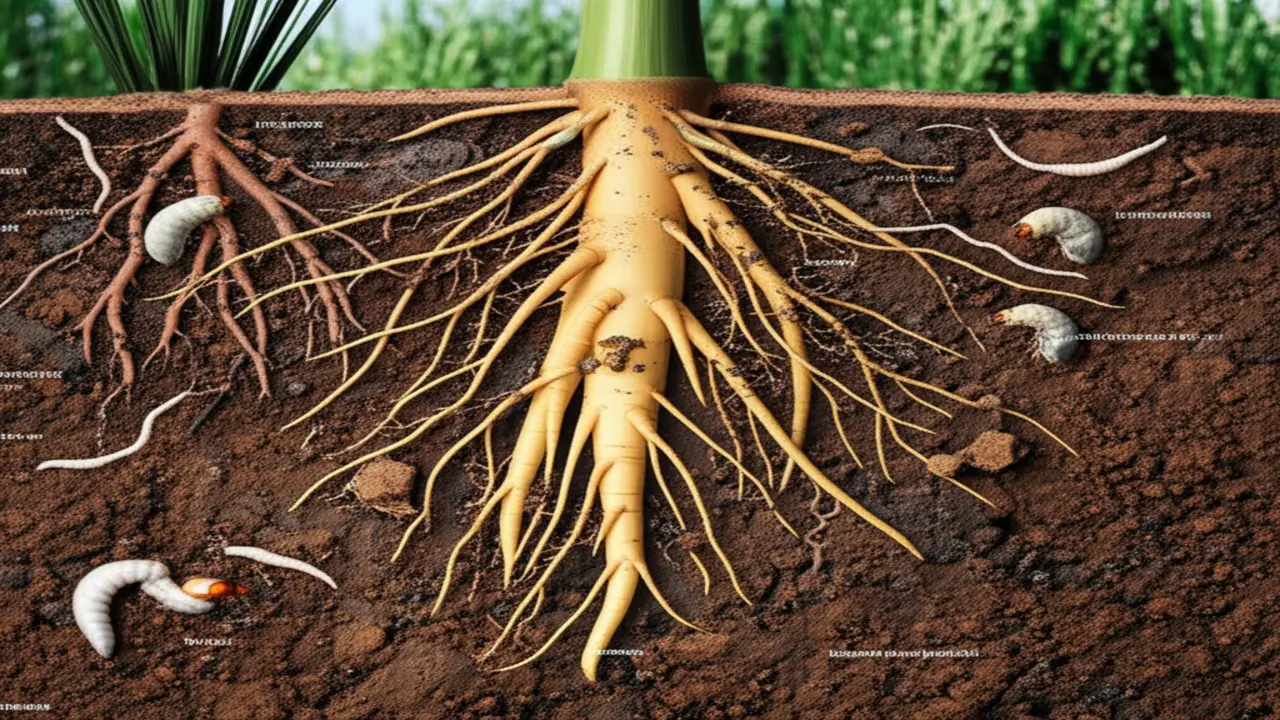
4. Target Pests and Diseases
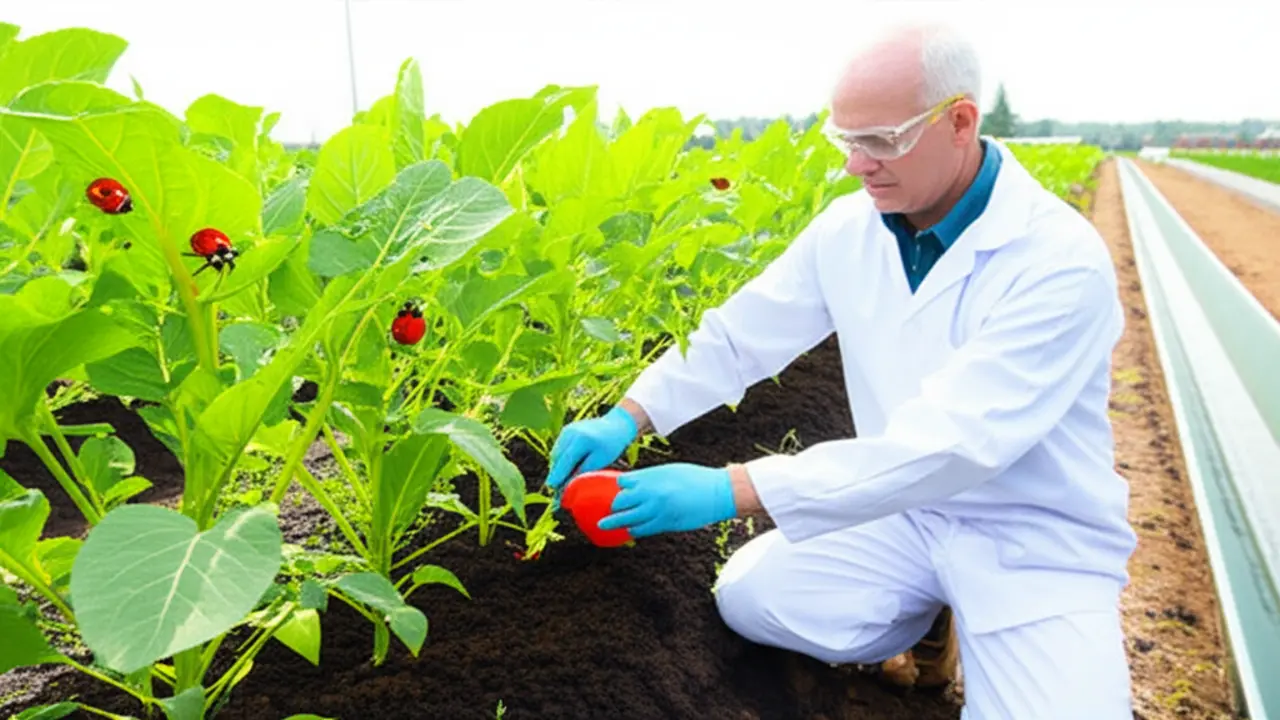
5. Efficacy, Safety, and Environmental Considerations
Safety protocols are non-negotiable. Handling these chemicals requires, at a minimum, chemical-resistant gloves, safety goggles, and often a respirator, as detailed on the product label. Proper application, avoiding windy days, and adhering to specified waiting periods before planting or harvesting are essential for user safety.
Environmentally, the goal is to minimize collateral damage. Broad-spectrum pesticides can harm beneficial soil microbes, earthworms, and pollinators. Consider targeted-application methods and products with lower toxicity to non-target species. Proper soil preparation, sometimes involving tools like the best hand cultivators, can improve pesticide delivery and reduce runoff, protecting the surrounding ecosystem. Adopting such practices ensures responsible and effective pest management.
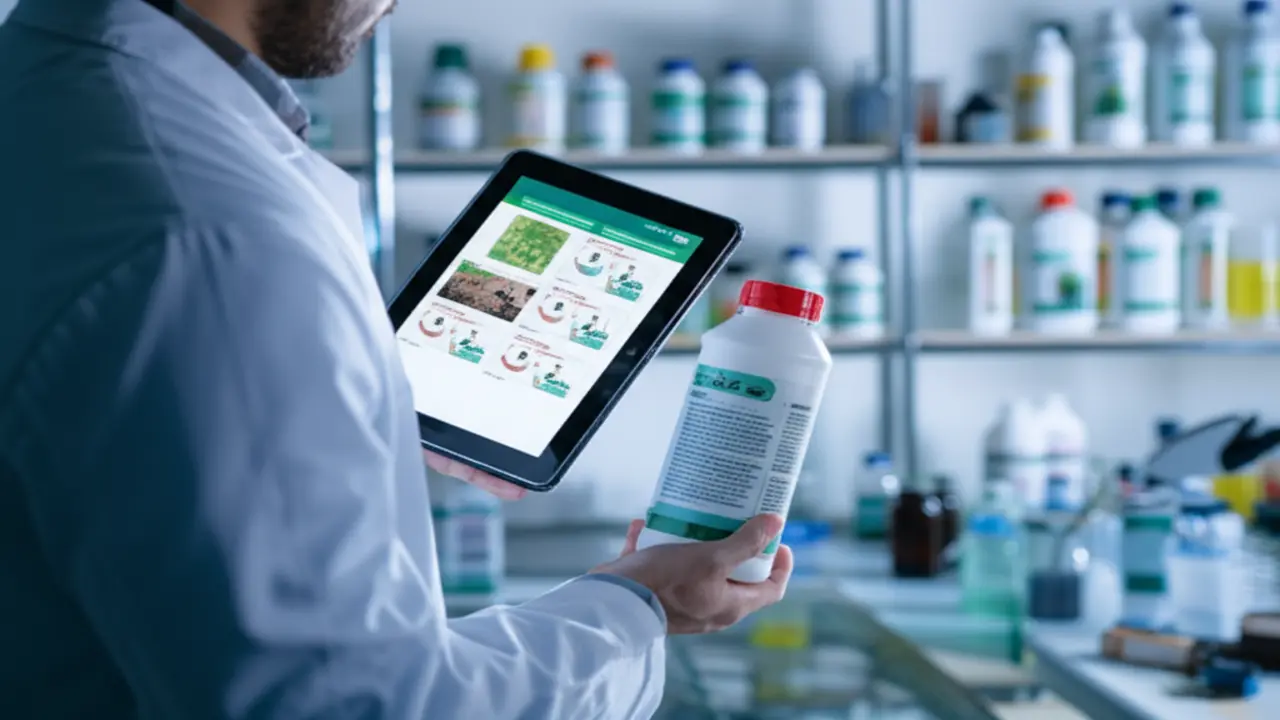
6. Selecting the Right Soil Pesticide
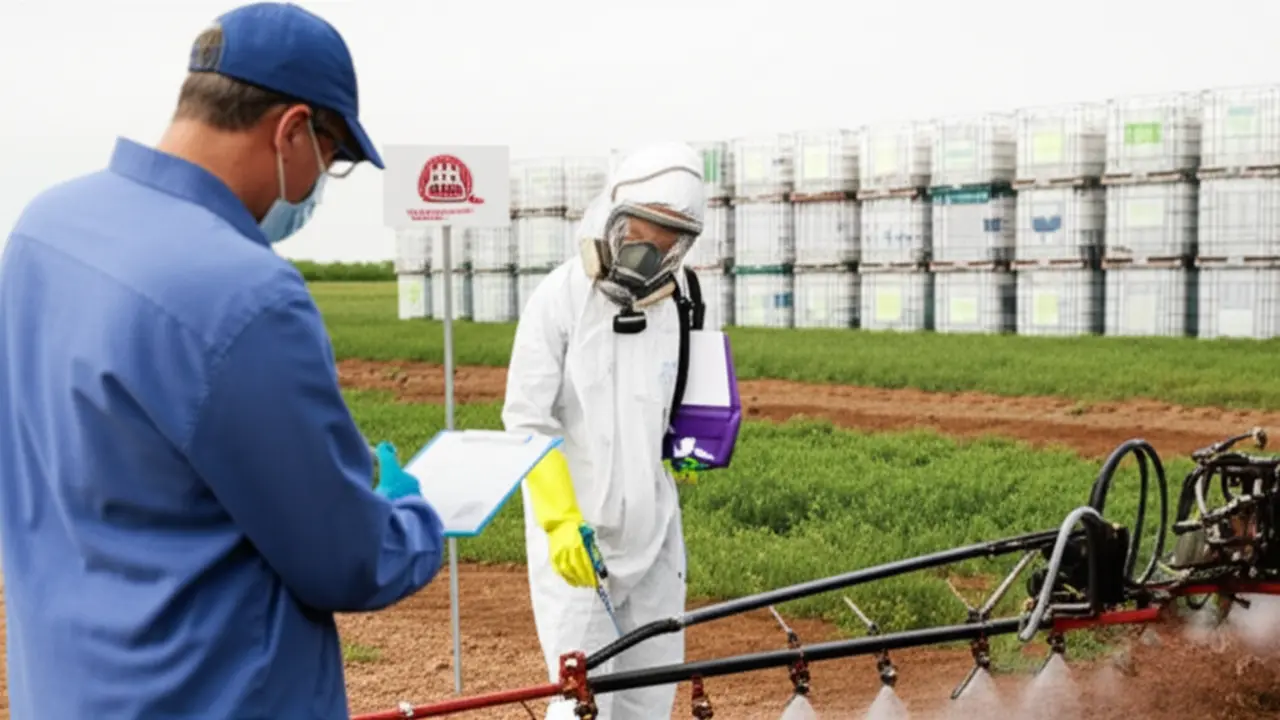
7. Regulatory Compliance and Best Practices
Beyond compliance, best practices strongly advocate for an Integrated Pest Management (IPM) approach. This means chemical treatments are just one tool, not the first resort. IPM prioritizes less invasive methods, such as improving soil health, rotating crops, and using mechanical controls like one of the best hand cultivators to manage weeds. This holistic method ensures responsible use of soil treatment pesticides and promotes a healthier garden ecosystem.
8. Visual Aids for Understanding
We also utilize infographics to illustrate complex processes. Imagine a simple, step-by-step graphic showing exactly how to perform a soil drench application, including mixing ratios and safety gear. This visual guidance removes guesswork. Furthermore, a decision tree can guide you from identifying a specific pest problem in your lawn or garden to selecting the most effective and appropriate soil treatment pesticides for your situation, ensuring you make a confident and correct choice for a healthy garden.

